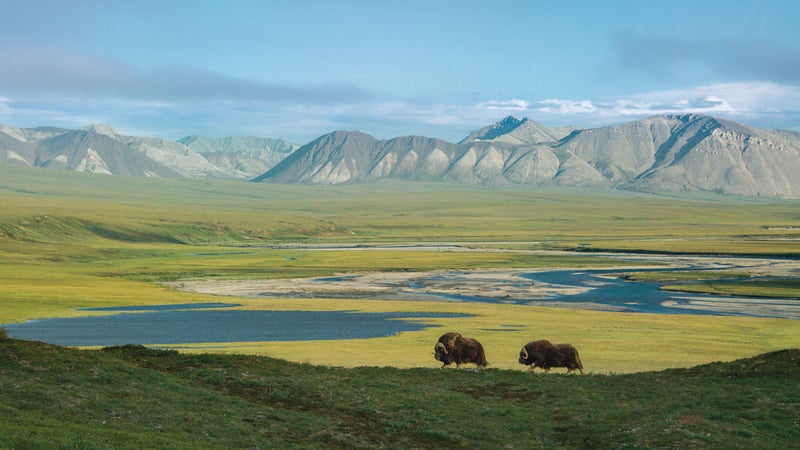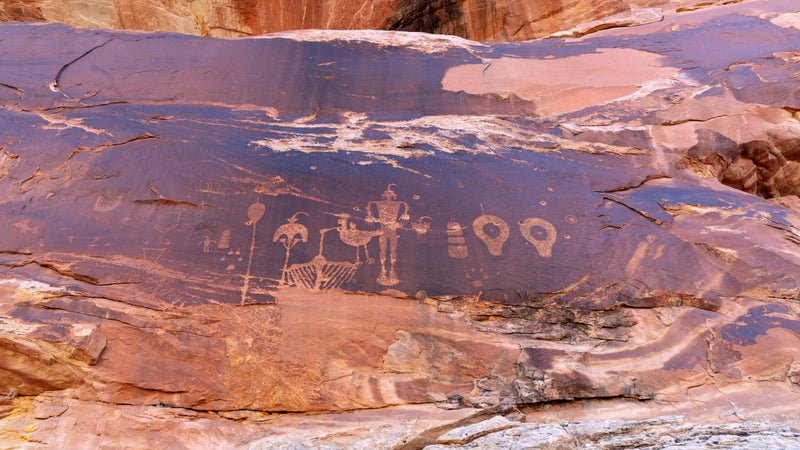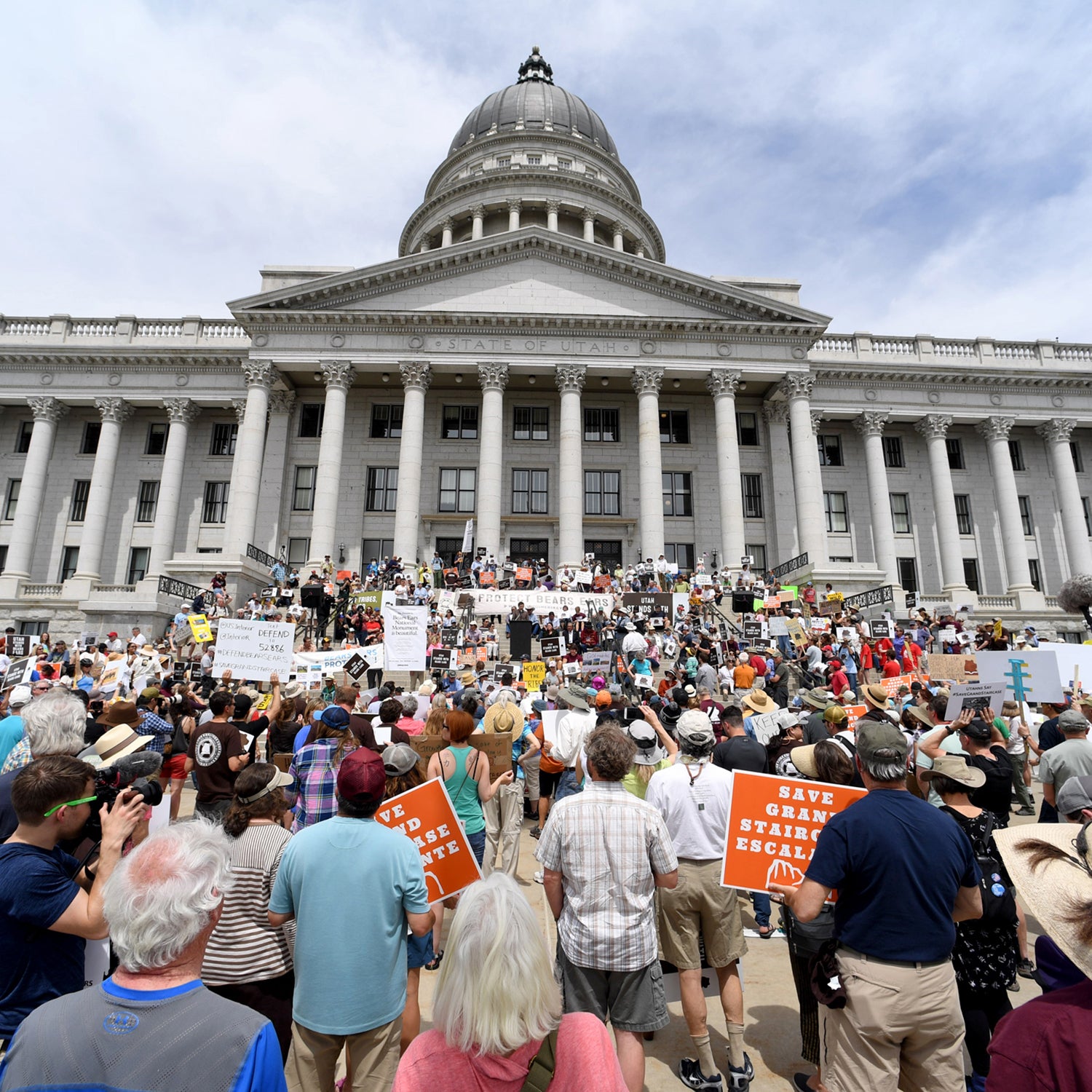“I honestly believe that the future of the American public lands is as important to our nation as the Bill of Rights��or the Constitution itself,” journalist Hal Herring declares about halfway through Public Trust, a documentary that premiered��at the����in Missoula, Montana, on February 17. Environmental ethics are often built on such provocative statements, which force people to consider:��Do I agree with that? If I do agree, what responsibilities do I have to act on my convictions?
Public Trust is an environmental film for this political moment. Directed by David Garrett Byars and executive-produced by Robert Redford and Patagonia founder Yvon Chouinard, it delves into��the polarized environmental politics in Washington, D.C.,��and at state capitols throughout the country��but��contends that we’re not as polarized on the subject of public lands as politicians and corporations would have us believe. Instead, it argues—or, at least,��bets—that the vast majority of Americans favor the long-term ecological health of our parks and monuments over short-term resource extraction.��It also makes a strong case that corporate interests are now actively shaping public-land policy.

Herring, a contributing editor to , acts as the audience’s Virgil—if Virgil were a mountain man with an Alabama drawl. He guides us through the film’s three primary settings: Utah’s Bears Ears National Monument, Alaska’s Arctic National Wildlife Refuge, and Minnesota’s Boundary Waters Canoe Area Wilderness. We learn that conservation advocates in each location had achieved significant,��protective policy advances at the end of the Obama Administration, often after long and protracted battles. Those achievements have begun to unravel under the Trump Administration, which has consistently acted in favor of industry in those locations.��
Perhaps Public Trust’s��central questions surround the rights and responsibilities of democratic citizens (or “public landowners,” as some in the film prefer to call them) in a country with vast and vibrant public spaces. It is not enough anymore, the film seems to argue, for us to simply appreciate the United States’ 640 million acres of publicly owned land. If we want to continue to enjoy the benefits of these places and preserve them for future generations, we must start to advocate for them the way conservationists have advocated to protect the Boundary Waters, the intertribal coalition has advocated for Bears Ears, and the Gwich’in in Alaska have advocated for ANWR.��
That perspective is likely to resonate with viewers who were at the documentary’s Big Sky premiere, and in the western U.S. more generally, where people are surrounded by public land and tend to actively engage with it. ( that voters in the West support conserving public lands over resource extraction by a wide margin.) But if you look at of our nation’s public lands, most of those 640 million acres are located in the western third of the country, and not every American has equal access to these protected places��or an equally enthralled relationship with them. Public Trust��acknowledges that gap��only to a degree: at the beginning of the film, Herring recalls moving to the West from northern Alabama, where, he says, “the idea of public land wasn’t really in our vocabulary.” All of the conservationists featured in the film have deep ties to the land they’re trying to protect; that’s what motivates their activism. While a single film can only cover so much,��it remains unclear what advocacy might look like for people who do not��have a strong personal or cultural connection to protected areas��but��are “public landowners” nonetheless.��

It’s worth noting that in the first several weeks of 2020 alone, as Public Trust’s��production team was wrapping the final cut of its film, the Department of Homeland Security ecologically and culturally significant sections of Organ Pipe Cactus National Monument in Arizona to install a border wall. And the Department of the Interior announced plans to allow drilling, mining, and grazing in Bears Ears and Grand Staircase–Escalante National Monuments (a move that would further undo the work of the activists featured in the documentary). Meanwhile, the Bureau of Land Management environmental-impact studies for future planning processes.
Let’s hope that painting a vivid, compelling picture of public lands, and the advocates��dedicated to protecting them, will encourage people to fight for conservation in myriad forms, however they are able to, from afar as well as up close. Bridging that gap will be an integral part of protecting these lands for generations to come.


